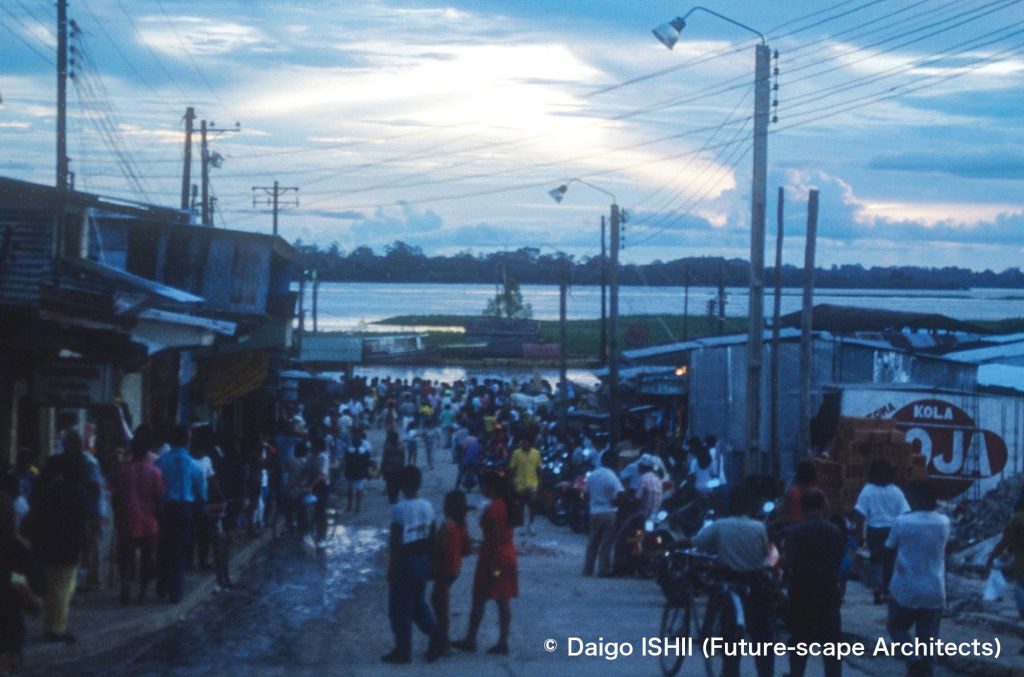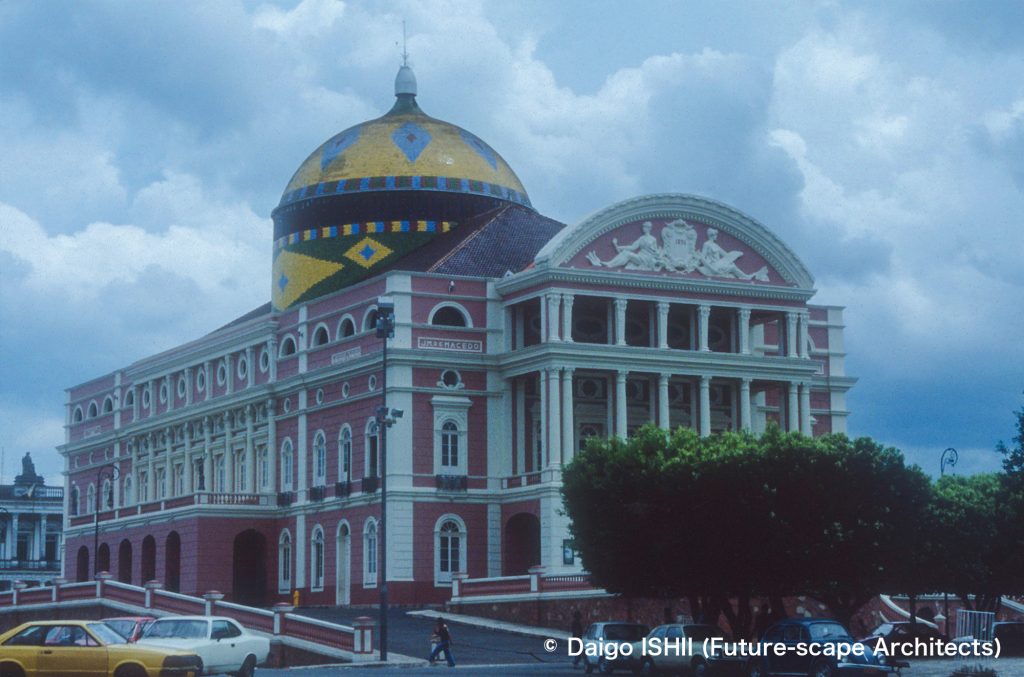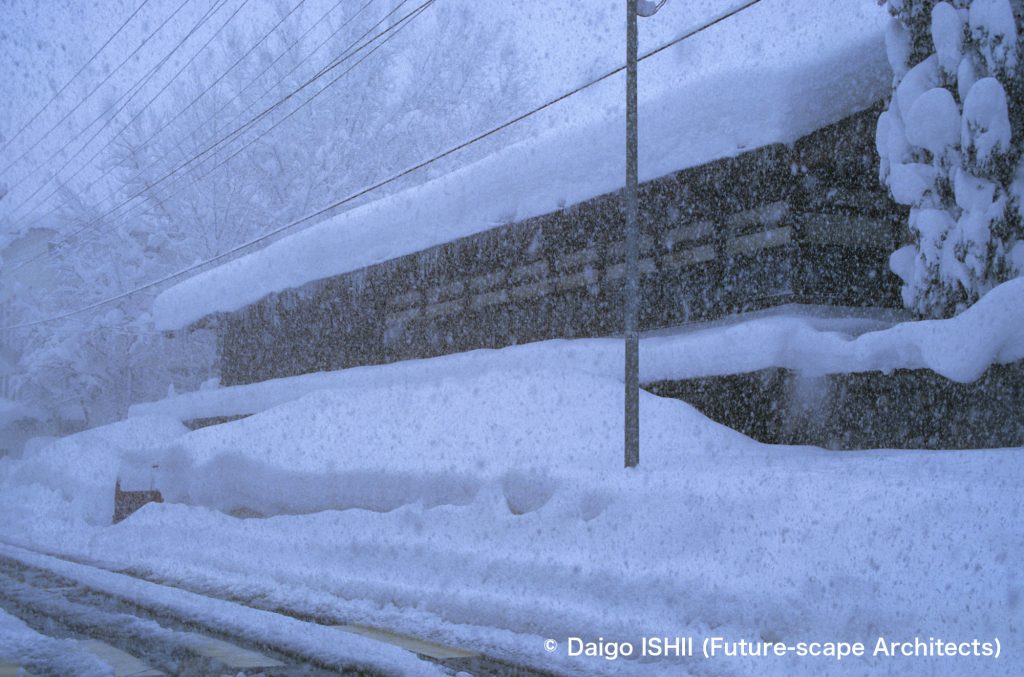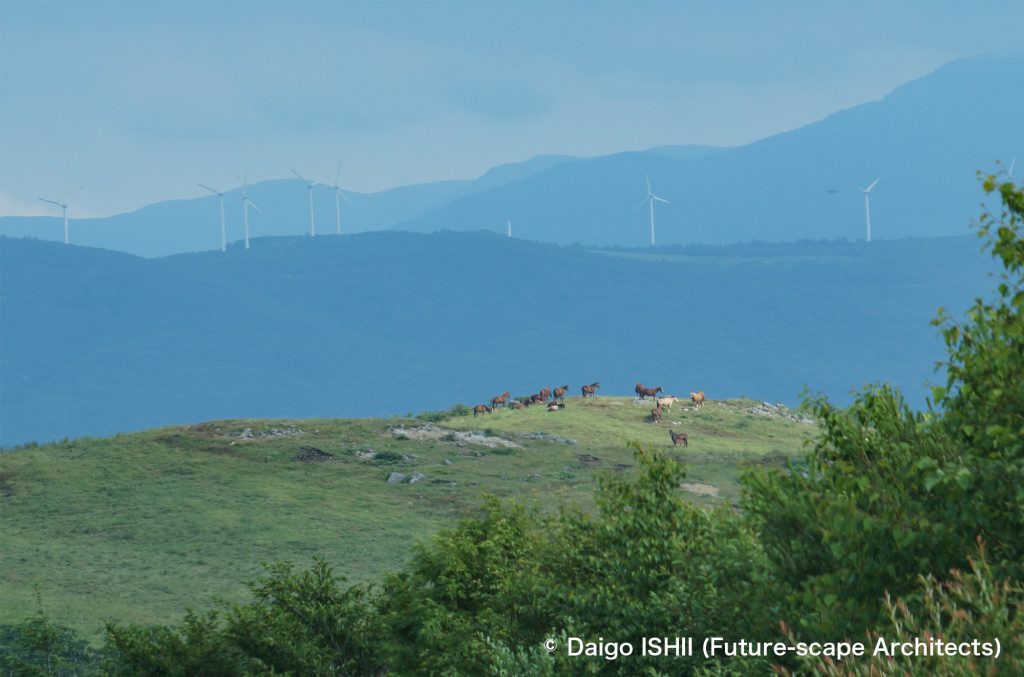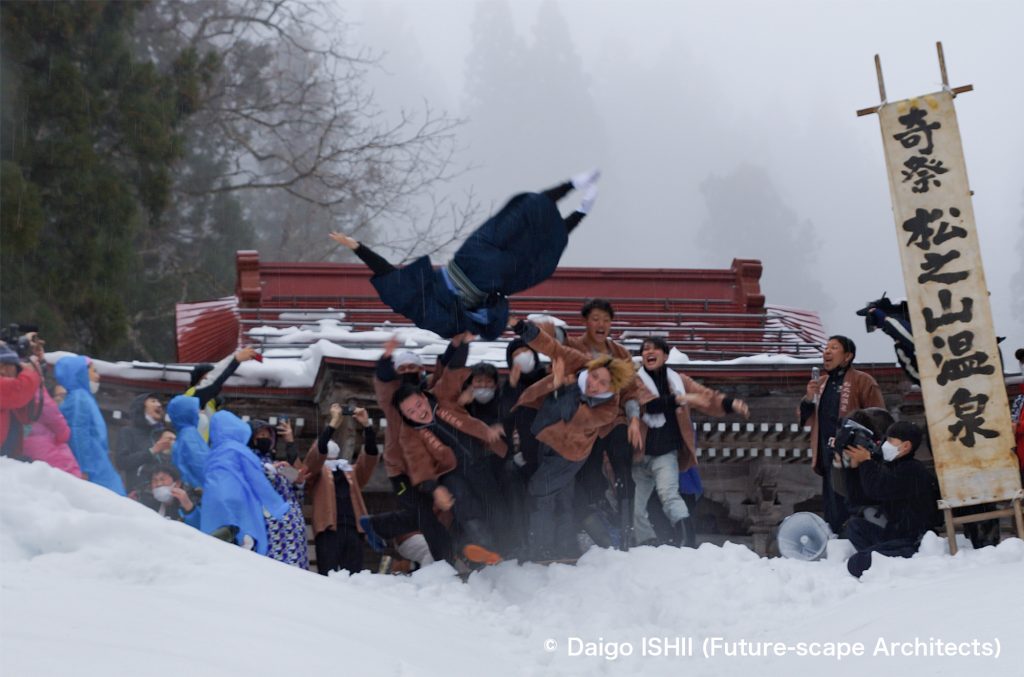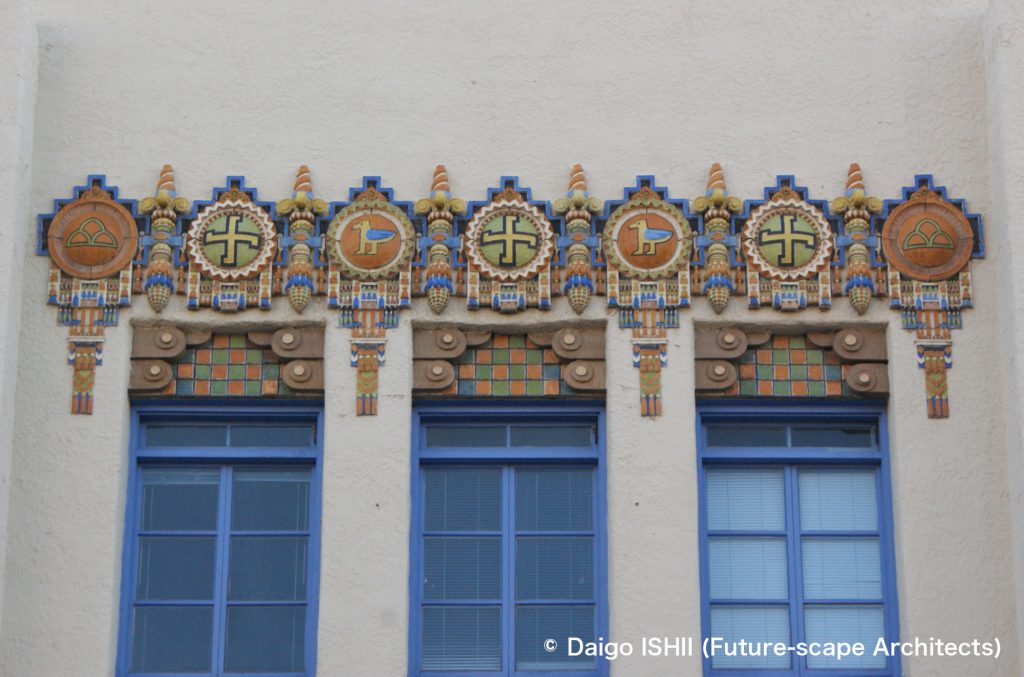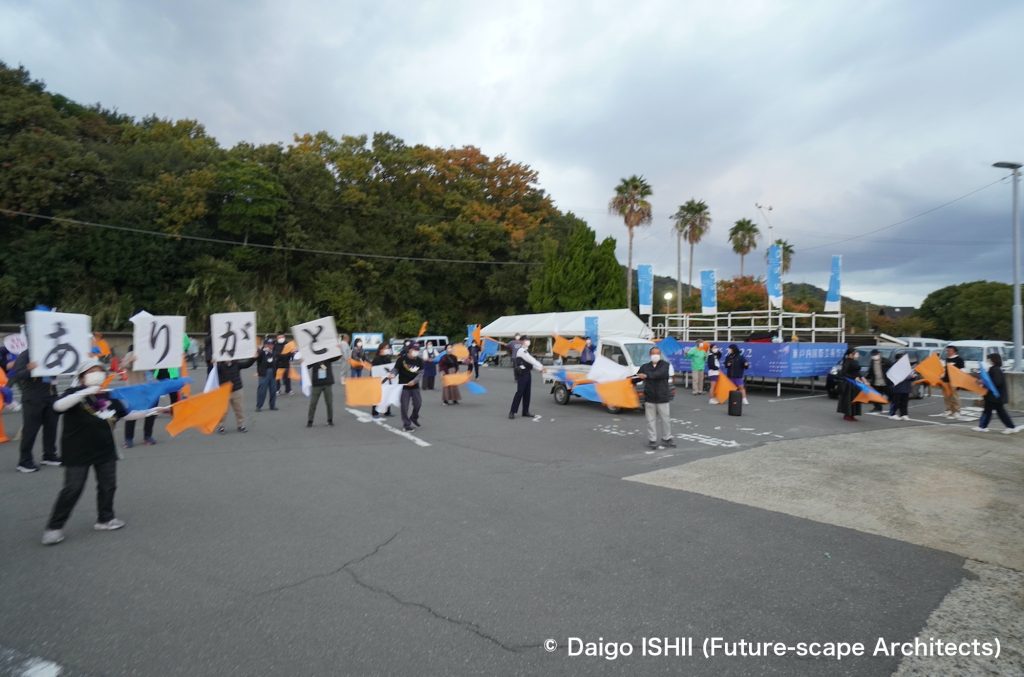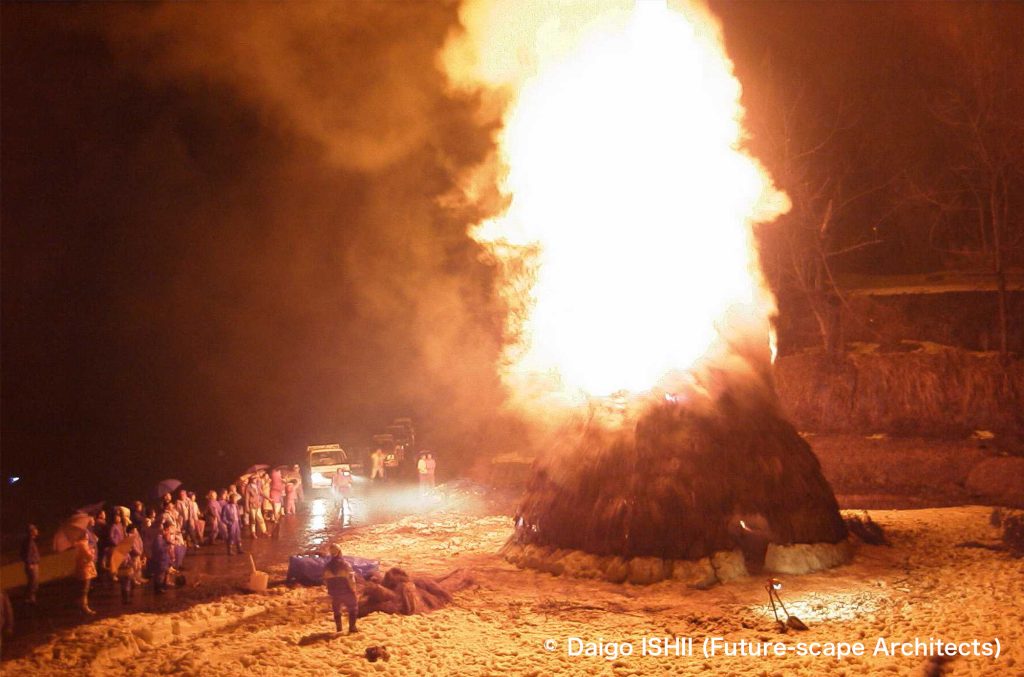ガイドブックの片隅に、アマゾン河口の大都市ベレン近郊に日系人植民地があると書かれていたので、深く考えずに、ベレンからトメアス行きのバスに乗りました。増水の影響もあり、実際には往路は8時間。アマゾンにおける近郊とは、日本とは概念が違うようでした。
The guidebook wrote in a small article that there was a Japanese colony in the suburbs of Belém, a large city at the mouth of the Amazon river, so I took a bus from Belém to Tomé-Açu without giving it much thought. Due to the influence of the rising water, the outward trip took 8 hours. The suburbs in the Amazon seemed to be different from that in Japan.
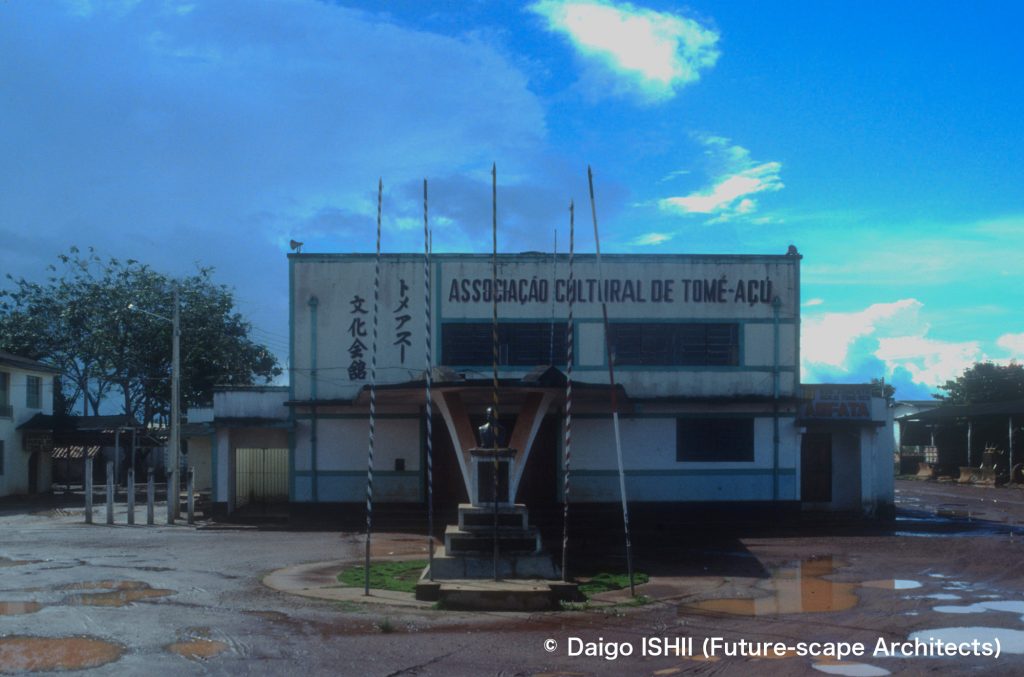
See he Tomé-açu Cultural Center was operated by the Japanese immigrant Association. It was located in the center of Tomé-açu,
https://goo.gl/maps/XCAXzYBxtVK3z8J36
最初期の日本人入植地として、1929年に入植が始まったトメアス。過酷な気候やマラリア禍で、辛酸を舐める中、1940年代後半、胡椒栽培で大成功しましたが、それも束の間の夢。価格の乱高下や病害で、再びどん底に落ちました。月ごとの価格を示した当時の棒グラフを見ると、ほんの一瞬で天国から地獄に突き落とされる動きに恐怖さえ感じます。その後、伐採した農地での単品種に頼った反省から、樹木の間に、多品種を相互干渉させて栽培する農法(アグロフォレストリー農法)に切り替え、成果が見え始めていたのが、訪れた1990年代初め。
バスから降りたトメアスは、日本の真夏の風景。すれ違う日系人の子供は、昔の日本人の風貌。転々と懐かしい日本風の木造家屋も残り、襖絵のあるお宅もありました。昭和初期の日本を、外界と交わることなく、純粋培養し続けたように見えたのは、本国以上に本国に束縛される移民コミュニティーの立ち位置もあるのかもしれません。とは言っても、ブラジル人に対して閉じた他国の入植者に比べて、日本人は、分け隔てなく農業技術や情報を伝授するので、ブラジルに溶け込めたというのが、トメアスで敬意を集めていた京大出身の農業指導者、小早川先生の話。
農家として成功したSさんの家に夕食に招かれたときのこと。トメアスを出て、サンパウロで商売をしているコーちゃんが遊びに来ていました。農業の講演に来た学者の話になると、コーちゃんは「勿体ぶった話だけだったから席を蹴って出て来た」と言い切り、この強さがブラジルで生き抜く力だと感心していると、Sさんが答えました。「俺は話はすべて聞く。一つか二つは役に立つことが絶対あるから。」参りました。
小早川先生にSさん。アマゾンという新しい世界を切り開く力は、寛容さ、しなやかさ、謙虚さでした。
Tomé-Açu began settlement in 1929 as one of the earliest Japanese colonies in Brazil. In the latter half of the 1940s, despite the harsh climate and malaria epidemic, this colony succeeded in cultivating pepper. But that was only a short-lived dream. Due to price volatility and disease, it hit bottom again. When I looked at the bar chart showing monthly prices at that era, I even felt fear that it had been pushed from heaven to hell in just a moment. Later, after remorse for relying on a single farm product in a felled farmland, the Japanese immigrants switched to a farming method called Agroforestry in which they cultivated multiple varieties through mutual interference among trees. In the early 1990s, when I visited, the results were beginning to appear.
Tomé-Açu looked a midsummer landscape in Japan when I got off the bus. The Japanese immigrant' children I passed each other had the feature of Japanese people in other days. Still nostalgic Japanese-style wooden houses were here and there, and some houses had Japanese sliding doors with traditional paintings. The reason why Tomé-Açu seemed to have continued to cultivate pure culture of Japan in the prewar time without any interaction with the outside world might be the position of the immigrant community, which was more bound by their home country than the home country. Meanwhile, compared to the settlers of other countries who were closed to Brazilians, the Japanese imparted agricultural techniques and information without discrimination. So Japanese could melt into Brazil. That was the story of Professor Kobayakawa, who received respect among people and was an agricultural leader from Kyoto University, the top university in Japan.
Mr. S, a successful farmer, invited me to dinner at his house. At the dineer table, a man called Ko-chan attended together. He left Tomé-Açu and had a business in São Paulo. When they talked about a scholar who had come to Tomé-Açu to give a lecture on agriculture, Ko-chan said, "I kicked my seat because it was just a silly talk." I was impressed that his strength was the power to survive in Brazil. Mr. S answered, "I listen to everything. Because I can find one or two useful pieces of information definitely." Well, I was beaten.
Mr. S and Professor Kobayakawa showed that tolerance, resilience, and humility were the forces to open up the new world of the Amazon.
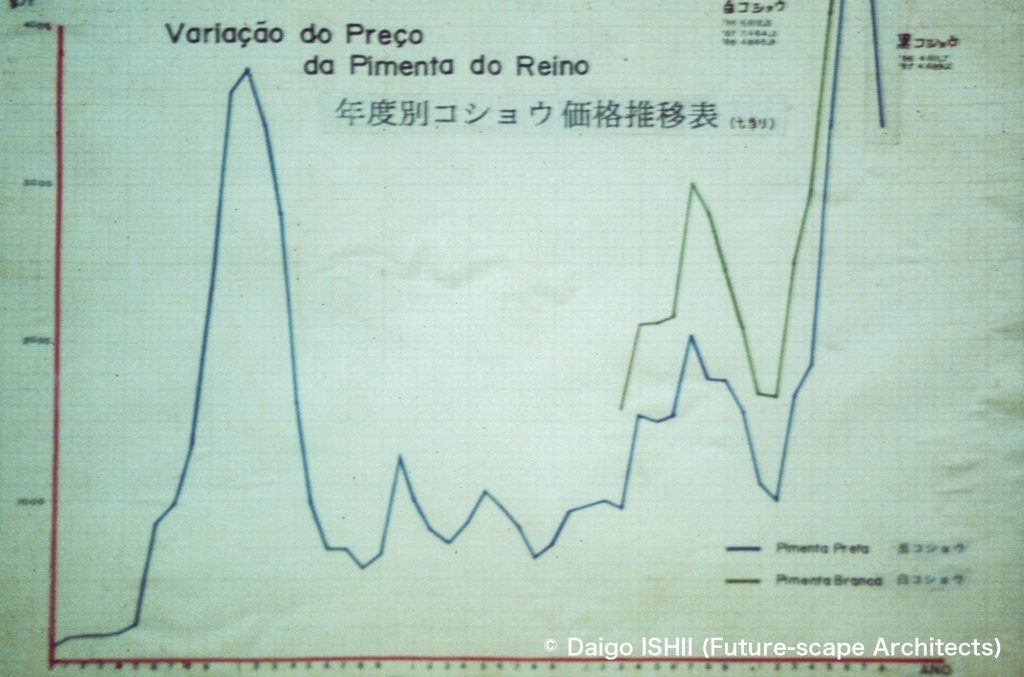
A graph showing the volatility of pepper prices in the past was exhibited at the Tomé-Açu Cultural Center. The vertical axis indicates the price, and the horizontal axis indicates each month. Prices plummeted from the highest to the lowest in a matter of months due to production volumes on other continents and pest damage.
https://goo.gl/maps/XCAXzYBxtVK3z8J36

See one of the Japanese immigrant's houses. The tiled roof, ridge tiles, grid on the entrance door, and unpainted clapboards created a Japanese impression.
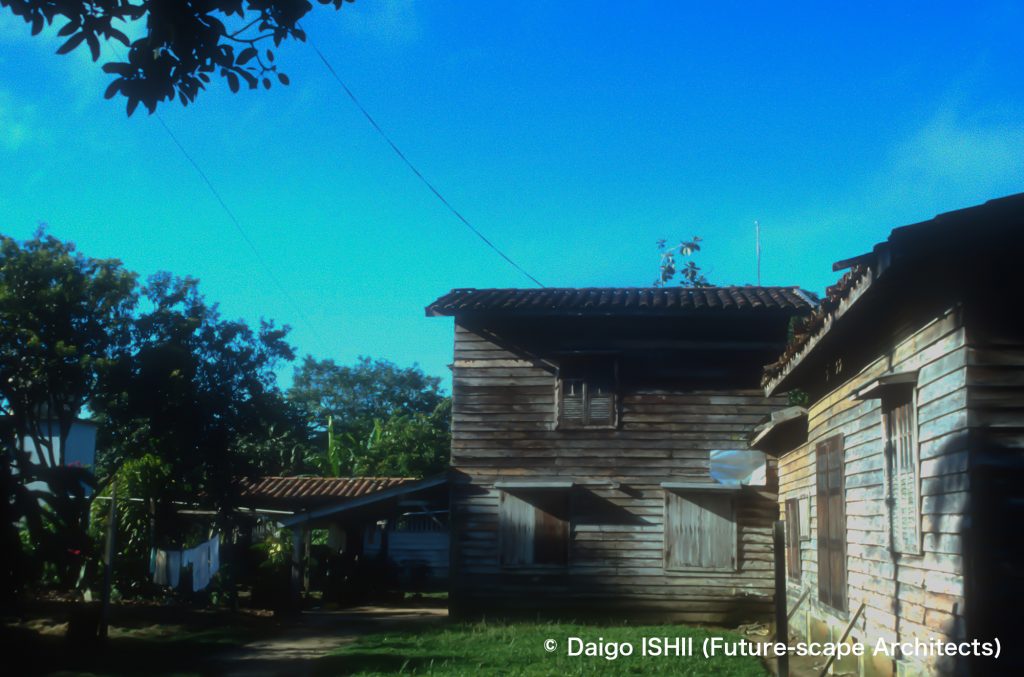
See one of the Japanese immigrant's houses with a Japanese impression.
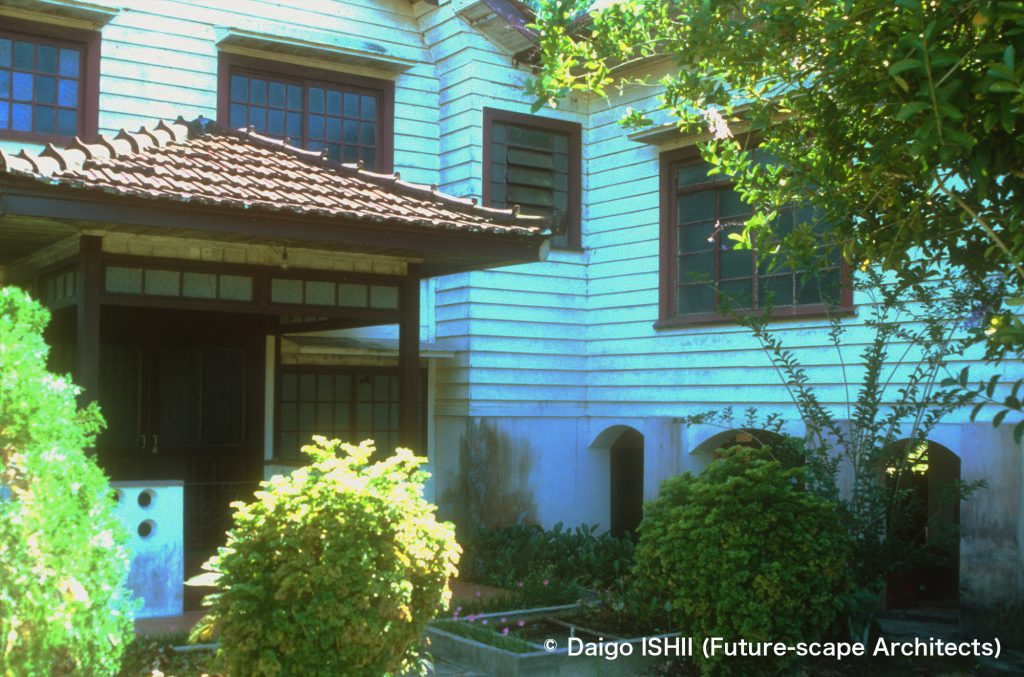
See a Japanese immigrant's house with taste of an occidental-style colonial house. However, the transom of the porch was Japanese.
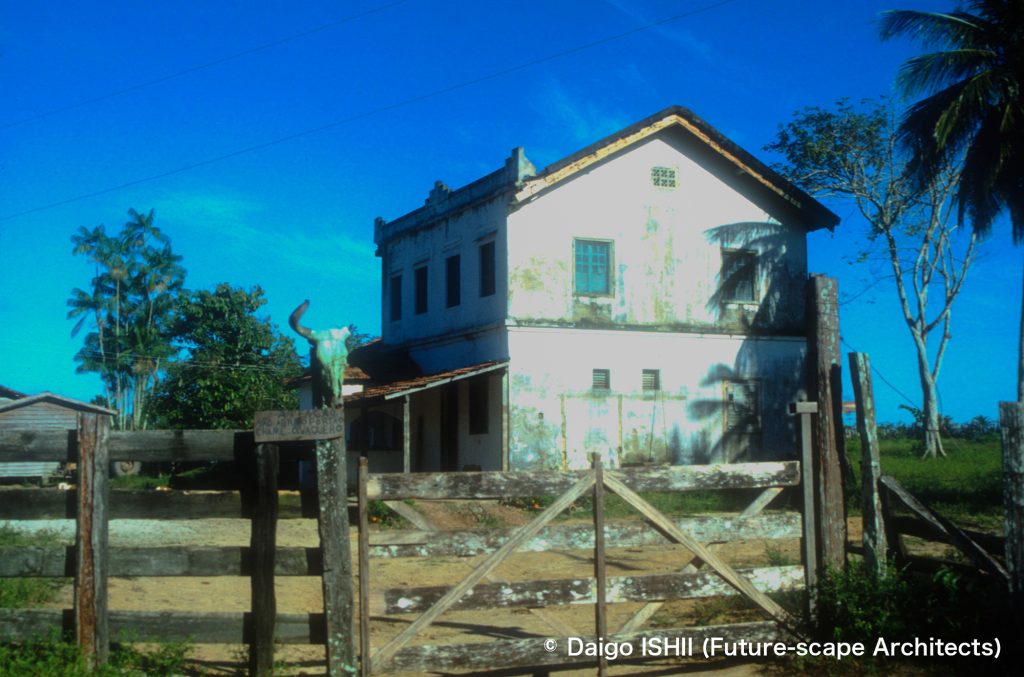
The Japanese immigrants, who had become wealthy through farming, rebuilt their wooden Japanese-style houses into Western-style brick houses as a sign of their success. One of the residents told me that, compared to wooden houses, brick houses released the heat stored during the day at night, making the interior so hot that they could not sleep and uncomfortable to live in.
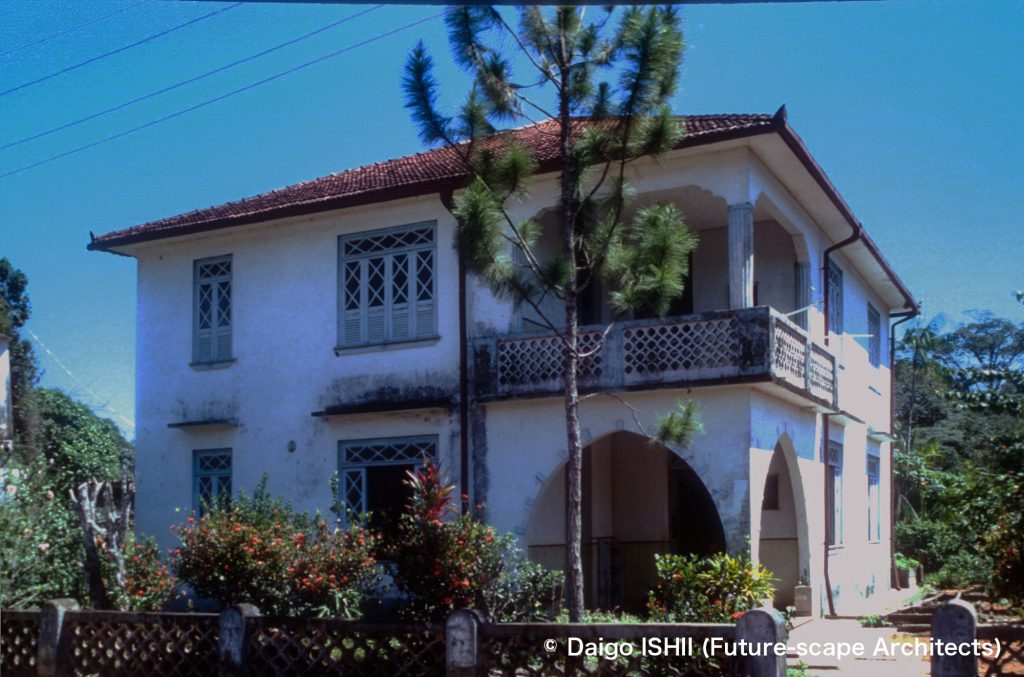
The Japanese immigrants, who had become wealthy through farming, rebuilt their wooden Japanese-style houses into Western-style brick houses as a sign of their success.

The lady of the Western-style brick residence told me about the long and harsh times to make success agriculture after having emigrated.
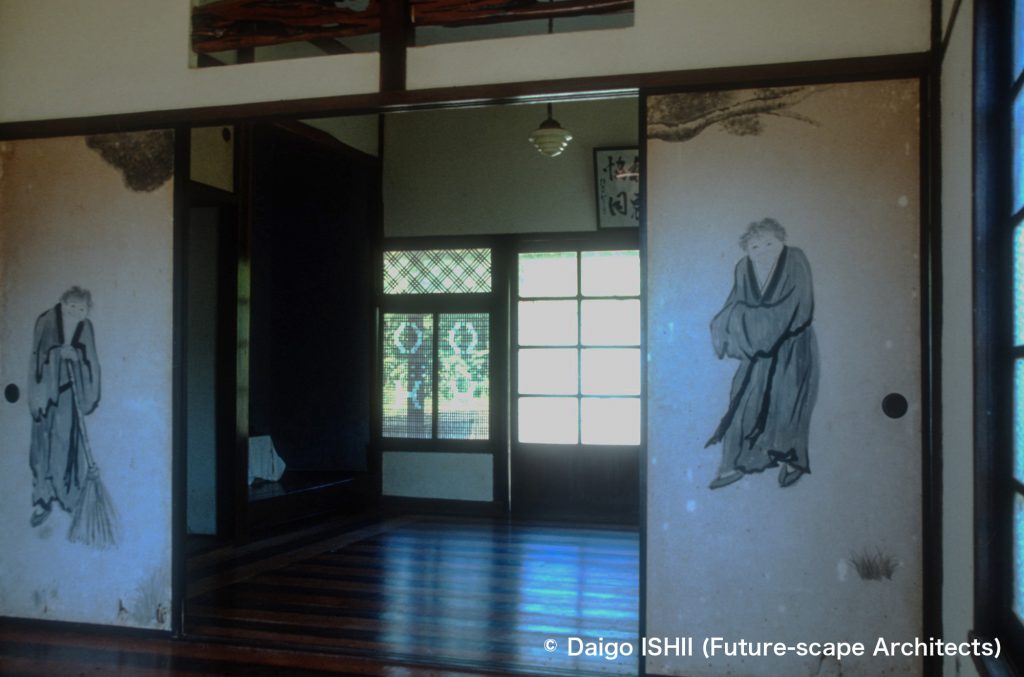
The Western-style brick residence still remained a room with Japanese sliding doors with Japanese traditional paintings.
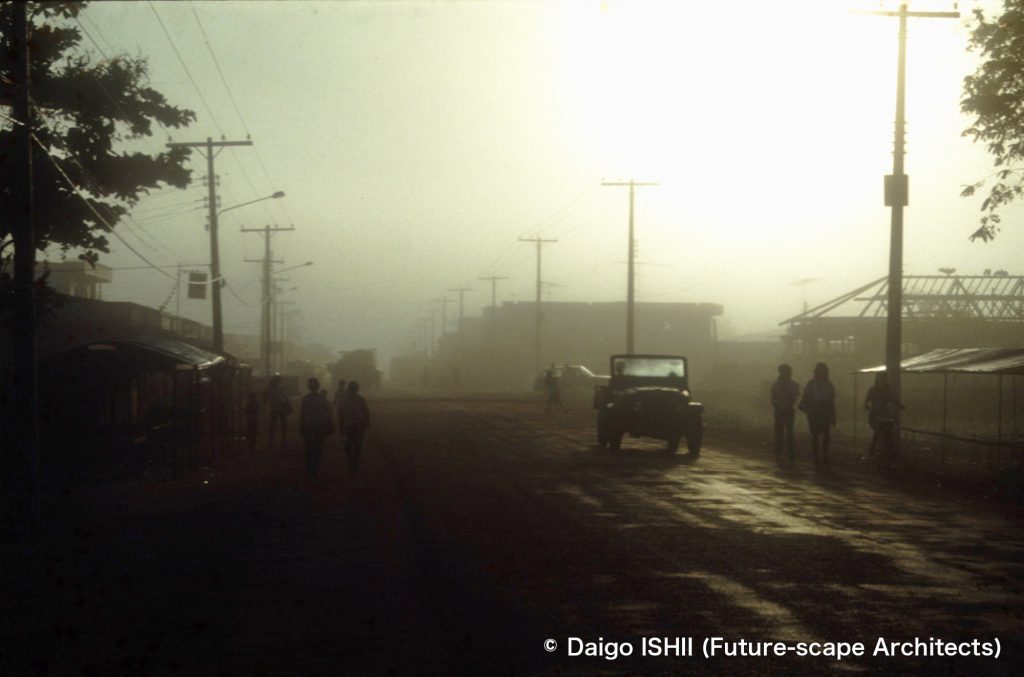
After the squall, the town of Tomé-Açu misted with steam near the evening.
ご感想はこちらへ / Click here for your impressions
参考文献 / reference
Wikipedia
写真の無断使用、転用はご遠慮下さい。/ Please do not use or upload our photos without permission.




